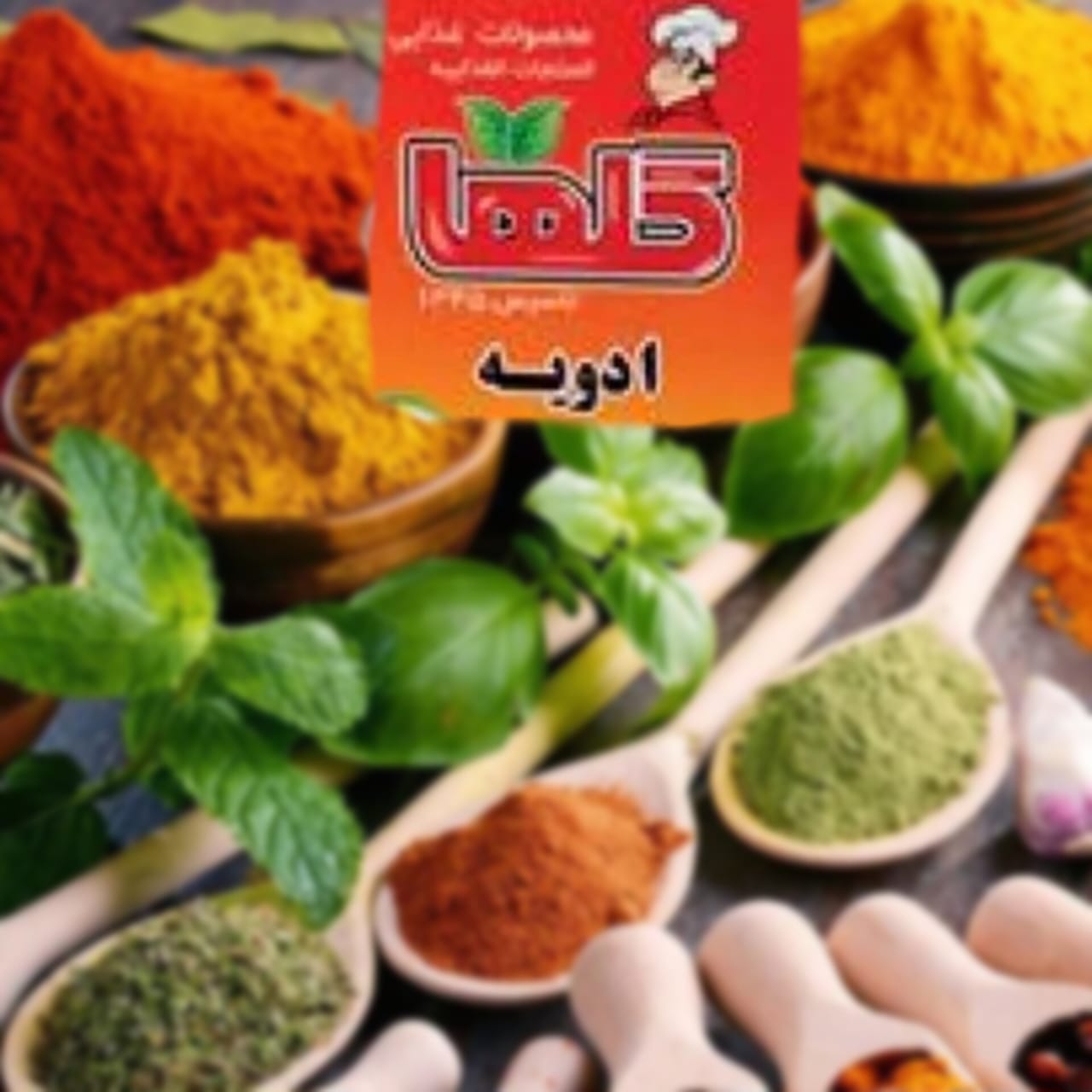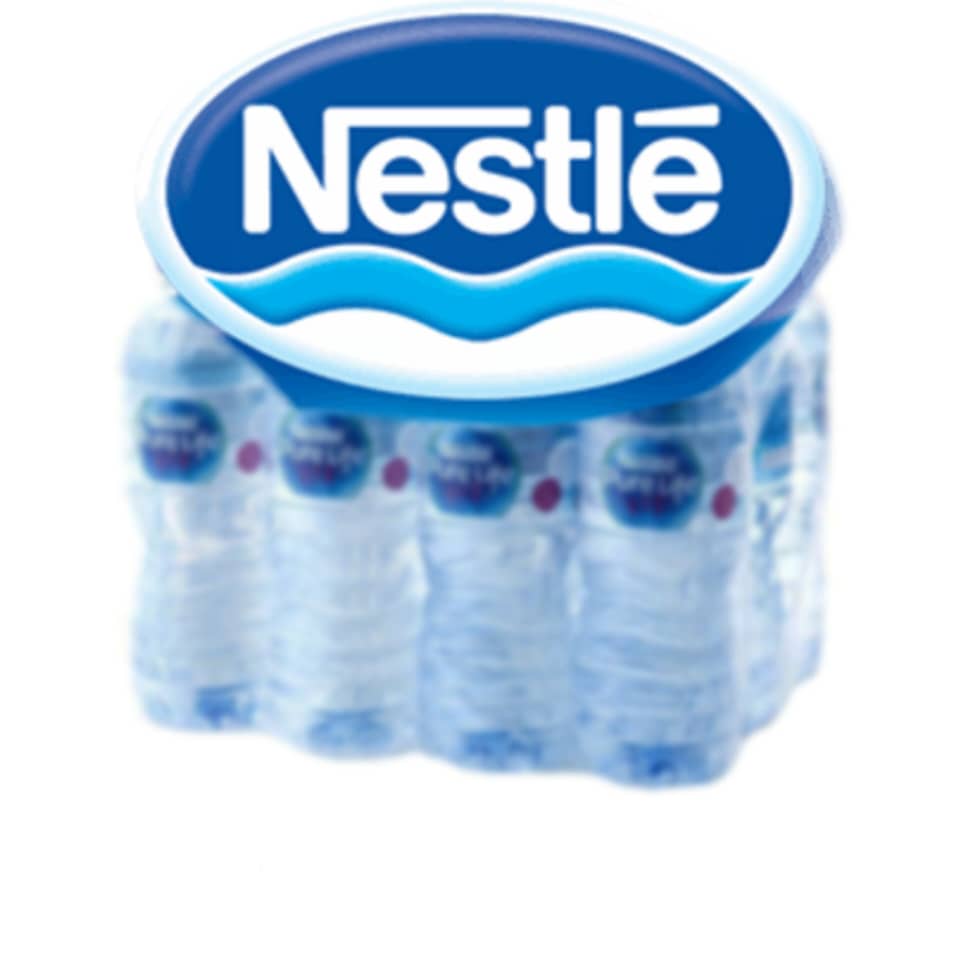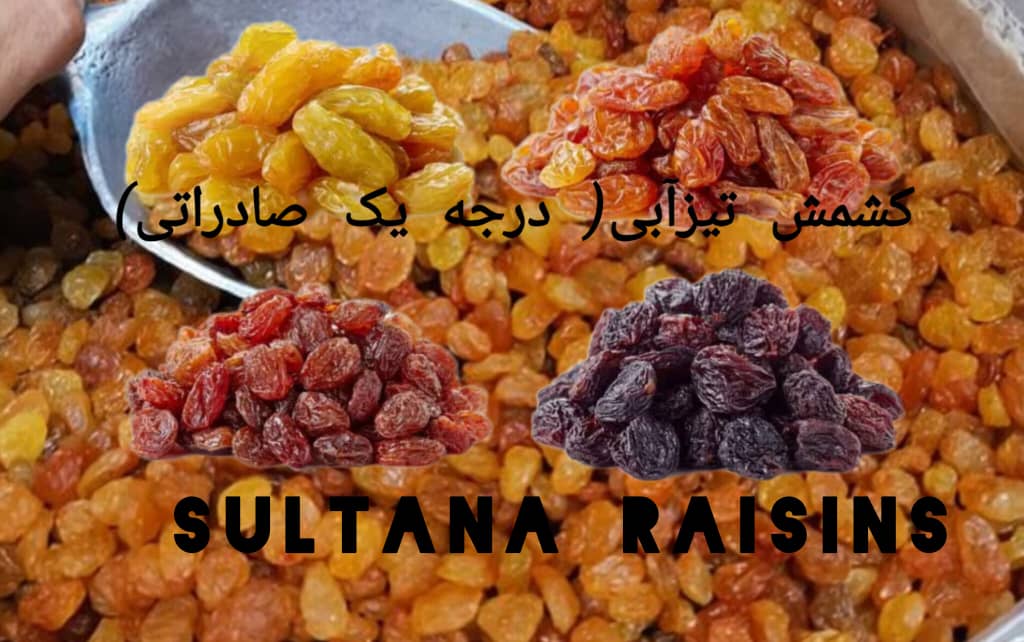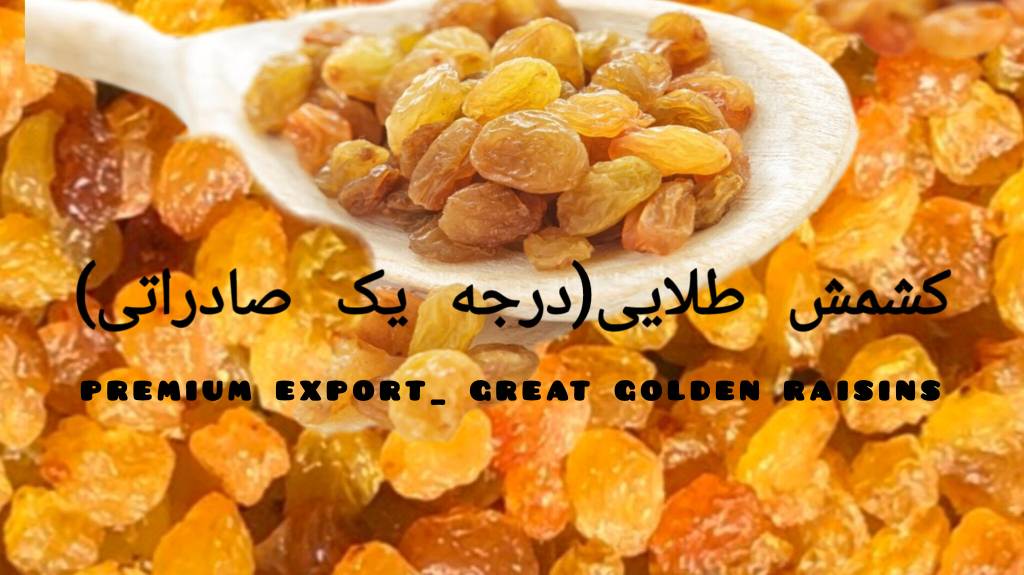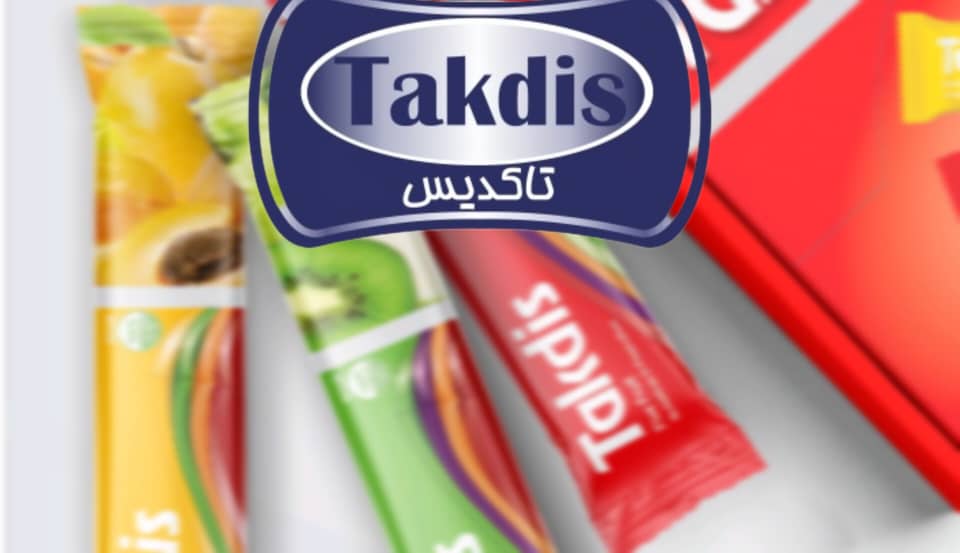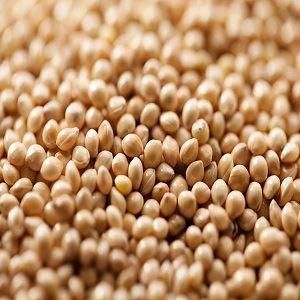
- Seen : 1831 View
Millet is divided into two types of fine-grained millet and pearl millet. Fine millet includes common millet and foxtail millet, and the most common pearl millet, common millet.
Millet with the scientific name Panicum miliaceum belongs to the poaceae family. In Iran, two types of common millet and foxtail have an economic aspect.
Millet in terms of seed size are divided into two categories of millet and pearl millet.
Small millet:
Common millet and foxtail are in this category which are botanically different in two genera:
Common millet called Panicum miliaceum
Foxtail millet with Setaria italica
Pearl Millet:
Nutritional fodder millet is in this category, the cultivated area of this millet is close to zero in the country. Due to the good characteristics of millet nitrific fodder, applied research has started on them in the country.
Millet grain is used to feed birds and in some places it is used as an omega.
Typical millet characteristics:
1. Short growth period and cultivation in the interval between two plants where the land is vacant.
2 - Low blue requirement
3 - The optimal yield of green fodder
4 - Cultivation in most warm and temperate regions
As mentioned, common millet and foxtail are considered as fine grain millet. In the year 1388, the common millet of ancient vultures and ancient millet millet have been introduced by the Seed and Plant Improvement Institute, which gives a brief overview of the characteristics of these two types of millet.
A - ordinary millet of the scout
This figure is superior to local cultivars due to the ability to produce forage in a short time (50 to 60 days) and high yield potential.
Characteristics of the scorer
Arrival period
In terms of medium grain production
In terms of premature fodder production
Duration till flowering
60-50 days
Color of the seed
Creamy yellow
Bearing (bearing)
Very desirable (until the harvest is special)
Cluster shape
Long and open (at the beginning of the exit from the closed pack)
Shape form
Stand completely
Average number of seeds per panicol
800 pcs
Average spike length
25 centimeters
The average weight of a thousand-thousandth
4 grams
Average plant height
100 centimeters
Mean grain yield
1500 kilograms
Average forage yield
30,000 kilograms
B - Ancient fox tail millet
This number is considered by the ruminants due to the ability to produce forage in short time (60-55 days) and optimum yield potential.
Seed characteristics of ancient millet
Arrival period
In terms of medium grain production
In terms of forage production a little premature
Toggling time
60-55 days
Color of the seed
Creamy yellow
Bearing (bearing)
Desirable (until the time of withdrawal as a matter of fact)
Cluster shape
Cylindrical, droplet and no-radish
Shape form
Quite standable and almost thick with broad leaves associated with ordinary millet
Average number of seeds per panicol
4500 pcs
Average spike length
22 centimeters
The average weight of a thousand-thousandth
4 grams
Average plant height
100 centimeters
Mean grain yield
2000 kg
Average forage yield
35000 kg
Planting and harvesting of millet:
1 - Suitable soil for planting millet seeds
Loamy loamy soils are suitable for millet cultivation. Heavy soils are not suitable for cultivating millet, especially in the case of seed emergence, the problem will be limiting the problem. Soil must be drained without drainage and drainage.
2 - Date of sowing of millet seeds
It can be cultivated at a temperature of 15-14 centigrade.
Cold areas: late May to mid-June
Temperate regions: early to mid-May in the first half, late June to late June
Warm areas: mid April to early April in first crop, late August to early September in second crop
3. The amount of millet seed per hectare
The seed rate of 15-10 kg / ha in machine cultivation and about 20-15 kg in cropping, the desired distance between rows is about 50 centimeters, and the booths are recommended to be about 12-15 cm, with a depth of 2-3 centimeters, and The optimum crop is 400-300 thousand cubic meters per hectare.
4 - Vegetarian nutrition of millet
Regarding the fertility condition of the soil and the previous cultivation, it should be applied to fertilizer recommendations. In total, about 100 kg of phosphate fertilizer, 50 kg of nitrogen fertilizer and 40 kg of potassium fertilizer per hectare are needed. Although the best method for fertilizer recommendation is soil test.
5 - Millet irrigation
First and second irrigation should be done carefully enough to avoid the problem of soil clogging, especially in heavy soils. In the irrigation interval, the country will have the highest yield in the period of 10 to 7 days. On average, the amount of water consumed by this plant is about 4000-3000 cubic meters per hectare.
6 - Grain harvest
In the present condition of the province (continued droughts and water resource constraints), the use of forage from millet is emphasized in view of the high demand for forage in the livestock sector of the province. For this purpose, the most suitable harvesting time is the beginning of plant seeding, and the best harvesting time for grain harvest when the color of the clusters and old leaves is yellowish.
Characteristics of Pearl Millet:
1 - Use for human and animal food
2 - Suitable for cultivation in difficult conditions and drought stresses and poor crops
3 - high forage yield
4 - Production of fine-grained and non-refractory
The index of this group of millet, nitrite millet (NUTRIFEED), is given below for some of its characteristics.
Characteristics and advantages of millet nitrite:
1 - Good nutritional quality for livestock (on average, 22-18% crude protein), which is among the forage crops.
2. No toxic substances
Saler Company Information

